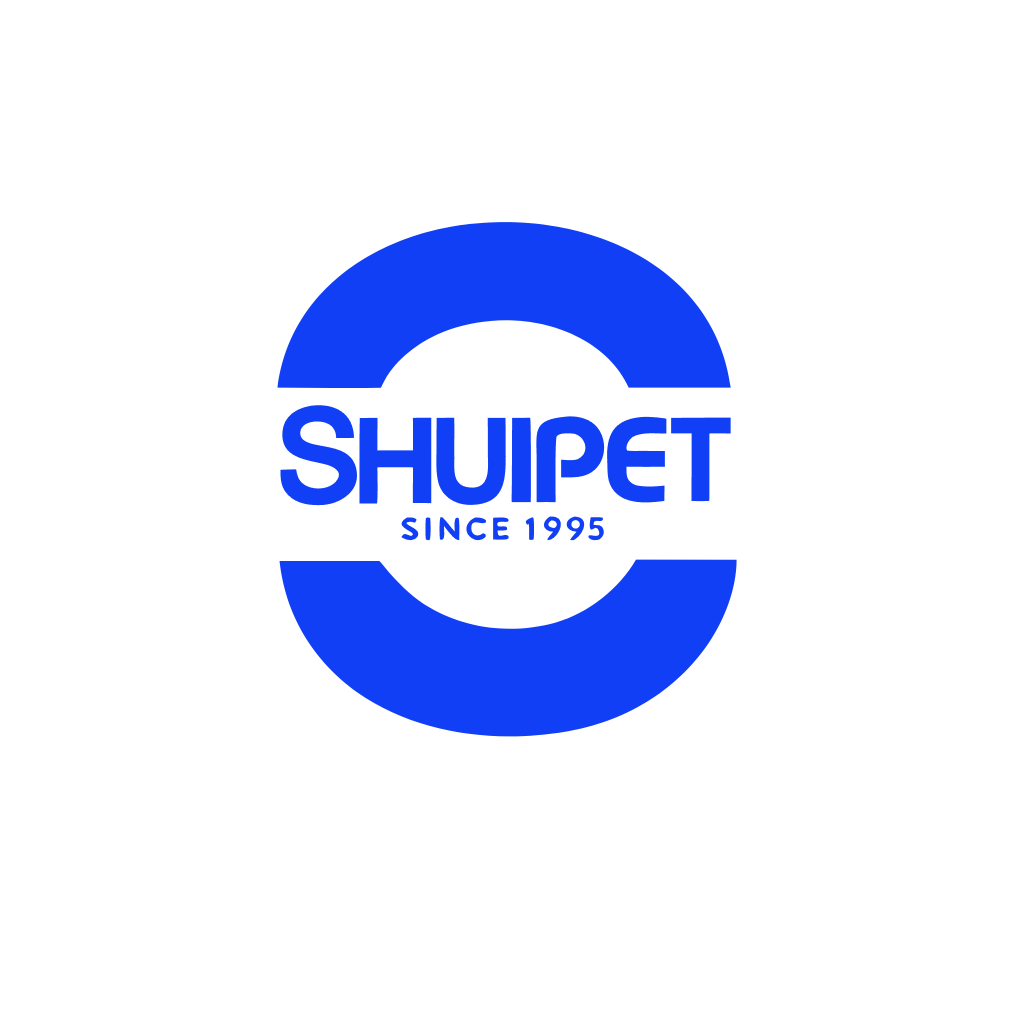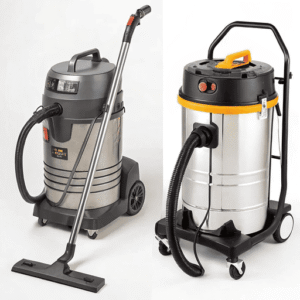Industrial Vacuum Cleaners: What Sets Them Apart?
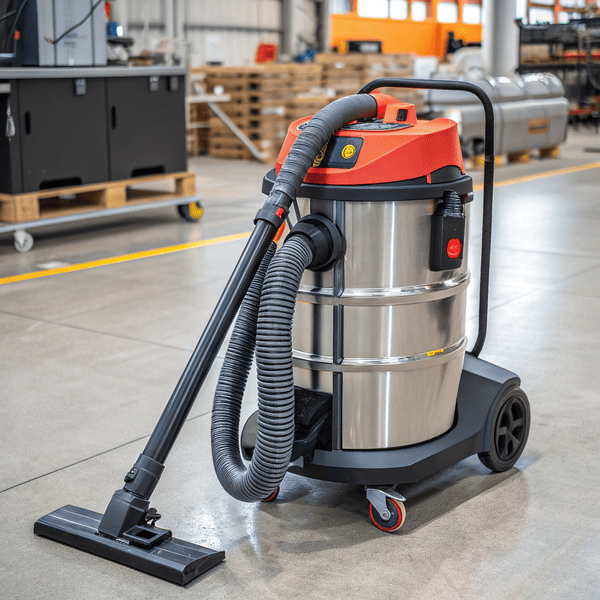
Powerful, rugged, and built for non-stop duty—I get why industrial vacuums spark curiosity. But what makes them different from the rest, and are they always the right pick?
Industrial vacuum cleaners go beyond regular cleaning. They handle harsh dust, heavy debris, and sometimes hazardous materials with stronger suction, tougher filters, and robust builds.
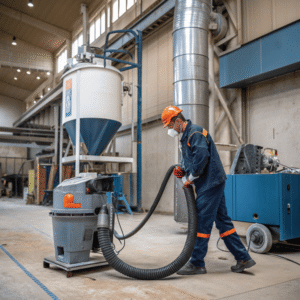
When I toured my first mold factory, I watched as an industrial vacuum swallowed When I toured my first mold factory, I watched as an industrial vacuum[^1] swallowed metal filings, plastic shavings, even spilled coolant—nothing clogged it
[^1]: Explore this link to understand how industrial vacuums enhance efficiency and safety in manufacturing environments.
, plastic shavings, even spilled coolant—nothing clogged it. That day, I saw why choosing the right vacuum makes all the difference in demanding jobs. Let’s break down what exactly sets these machines apart.
What is the difference between industrial and commercial vacuums?
You see both in factories, but what really separates industrial from commercial vacuums?
Industrial vacuums are built for hazards and heavy debris, with stronger motors and filters. Commercial vacuums clean offices, hotels, and retail—handling dust, dirt, and lighter debris.

I worked with both types, and the difference was clear right away. Commercial vacuums are robust and good for every day, but industrial vacuums handle the truly tough stuff. Think metal, powder, wet and dry waste—stuff that burns out normal machines. Industrial vacuums feature larger, more Think metal, powder, wet and dry waste—stuff that burns out normal machines. Industrial vacuums[^1] feature larger, more powerful motors that can run for hours
[^1]: Explore this link to understand how Industrial vacuums enhance efficiency and safety in manufacturing environments.
that can run for hours. They often have high-efficiency filters for fine dust or toxic materials. Their frames resist chemicals, water, and impact. Commercial vacuums are lighter for moving across carpets or floors all day, perfect for cleaning staff in big buildings. But use them in a workshop and they fail quickly. Fundamentally, industrial vacuums thrive in challenging environments. The table below breaks it down:
| Feature | Industrial Vacuum | Commercial Vacuum |
|---|---|---|
| Power | Very high (heavy debris) | Moderate (fine dust) |
| Application | Manufacturing, heavy industry | Offices, hotels, schools |
| Filters | HEPA, specialty, robust | Standard, fine dust |
| Durability | Resistant to chemicals | General durability |
| Run Time | Long, continuous use | Daily, shorter shifts |
| Cost | High | Moderate |
What vacuum cleaner has the strongest suction power?
For big messes, suction is king. Who leads the pack when it comes to raw power?
Industrial vacuums—like the Delfin DBFV, Nilfisk VHS120, and the Kärcher IVR series—often have the strongest suction. They outclass residential or commercial models with their massive motors.
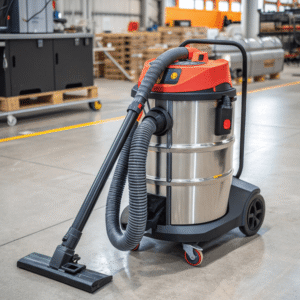
I once helped set up a shop with a Delfin vacuum. Its specs stunned us: over 350 mbar vacuum and three-phase motors. In just one pass, it picked up the most stubborn chips and fine powder from CNC machines. In just one pass, it picked up the most stubborn chips and fine powder from CNC machines. Nilfisk VHS120 vacuums—popular in factories—combine high airflow[^1] with powerful lift, clearing dust even from deep cracks
[^1]: Learn why high airflow is crucial for effective dust removal in industrial settings.
—popular in factories—combine high airflow with powerful lift, clearing dust even from deep cracks. Kärcher's IVR models handle oily swarf and heavy waste, showing just how strong true industrial suction gets. These machines use multiple motors, metal turbines, and robust filters. Compared to even the best home models, industrial vacuums simply move more air and generate stronger suction. That means cleaner shop floors and better safety, especially where fine dust or toxic materials are controlled.
| Model | Suction Power (mbar/kPa) | Application | Special Features |
|---|---|---|---|
| Delfin DBFV | Over 350 mbar | Metal shops, dust, heavy debris | Three-phase motor, large tanks |
| Nilfisk VHS120 | Up to 235 mbar | Fine/coarse dust | Long run time, HEPA filter |
| Kärcher IVR Series | Approx. 230 mbar | Oil swarf, wet/dry waste | Steel body, liquid handling |
| Best Home Vacuum | 25–40 kPa | Carpets, pet hair | Lightweight, portable |
What is an industrial vacuum called?
Products have many names. What terms are used for these powerful machines on the shop floor and in catalogs?
Industrial vacuums are often called “shop vacuums,” “wet/dry vacuums,” “dust extractors,” or “hazardous material vacuums,” depending on what they’re built to handle.
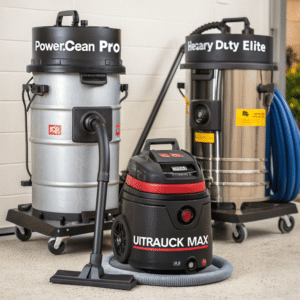
In my career, I have seen companies use different terms depending on the task. “Shop vacuum” is most common in In my career, I have seen companies use different terms depending on the task. “Shop vacuum[^1]” is most common in North American workshops, built for tough debris and spills
[^1]: Explore this link to understand the features and benefits of shop vacuums, essential for any workshop.
, built for tough debris and spills. “Wet/dry vac” signals the ability to switch from liquid to solids, which is essential in mold shops or construction. “Dust extractor” refers to models with advanced filters to protect air quality, which I found essential when working in plastic molding or woodworking, where airborne dust can be hazardous. For chemical plants or pharma, “hazardous material vacuums” have special certifications to collect toxic dusts, fumes, or explosive particles. Each name describes a core function or feature, and picking the right one sets the tone for workplace safety and cleanliness.
| Name/Type | Main Use | Key Features |
|---|---|---|
| Shop Vacuum | Construction, workshop | Rugged, strong suction |
| Wet/Dry Vacuum | Mold shops, repair | Handles solids and liquids |
| Dust Extractor | Factories, woodworking | HEPA filters, air quality focus |
| Hazardous Material Vacuum | Chemicals, pharma | Certified for toxic dusts |
Conclusion
Industrial vacuums are mighty, reliable, and vital where heavy dirt, liquids, or hazards exist. Knowing their differences leads to safer and cleaner workspaces.
